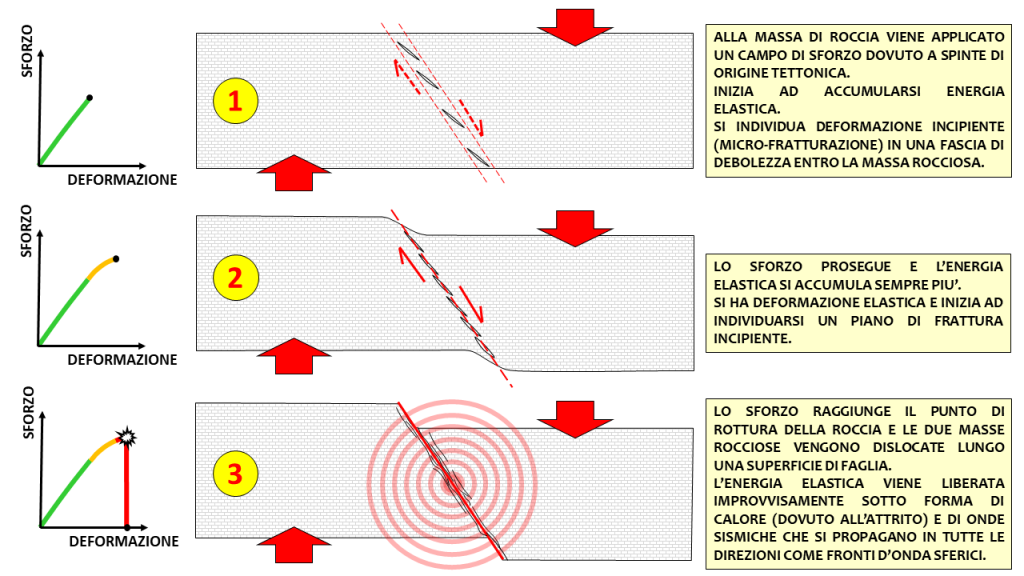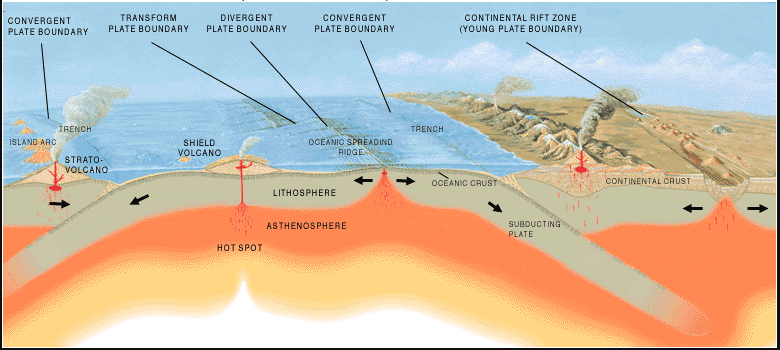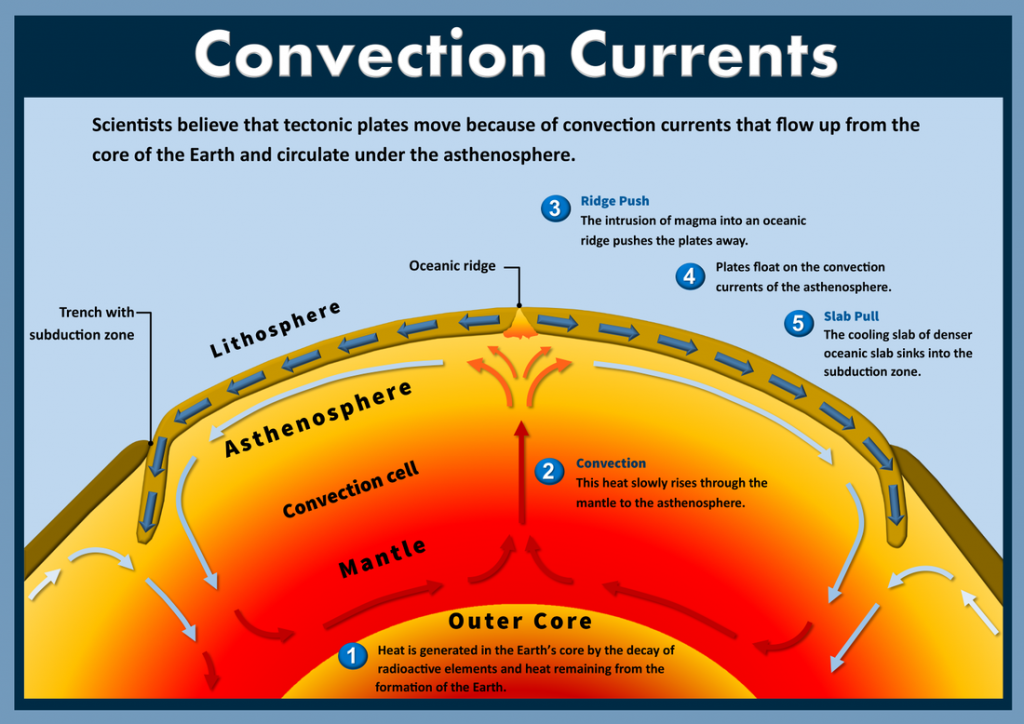For those of you whose eyes were glazing over from all that nanotechnology talk in the last two posts, we’re drifting into a very different subject. It’s time to get earthy!
Scribes’ Descent takes place on Planet Daishon, which has never experienced a major quake. How can this be, since the primary cause of earthquakes is the movement of tectonic plates?
Answer: Daishon’s plates don’t move. They’re fused together.
Now wait an epoch… there are loads of reasons this wouldn’t work, right? Let’s look at all the major objections in more detail.
Topographic Features
But without plate tectonics, there would be no mountain ranges, rift valleys, deep ocean trenches, and island arcs. But Daishon as all these features. How could that be? While some claim that the planet was created with all these topographic features already fully formed, most believe Daishon’s Protector fused the plates together sometime after the planet was created and its features had gotten time to form. In either case, geologists agree that the plates, while perforated in many places, have been fused together for at least the past 8,000 years. So even if there were long-term downsides to tectonic inactivity, not enough time has passed–geologically speaking–for those subtle ill effects to have caused problems. (world building authors need a way to cover themselves–and this is mine!)
Quakes
Why would this prevent major quakes? Let’s look at how quakes work:

https://commons.wikimedia.org/wiki/File:Fault%26Earthquake_generation_IT.png
“An earthquake is what happens when two blocks of the earth suddenly slip past one another. The surface where they slip is called the fault or fault plane….While the edges of faults are stuck together, and the rest of the block is moving, the energy that would normally cause the blocks to slide past one another is being stored up. When the force of the moving blocks finally overcomes the friction of the jagged edges of the fault and it unsticks, all that stored up energy is released. The energy radiates outward from the fault in all directions in the form of seismic waves like ripples on a pond. The seismic waves shake the earth as they move through it, and when the waves reach the earth’s surface, they shake the ground and anything on it, like our houses and us!”
–https://www.usgs.gov/programs/earthquake-hazards/science-earthquakes
So, if the plates can’t move, they can’t slip past each other and cause shockwaves.
Volcanoes
But what about volcanism? Without tectonic plate movement, would you have a world without volcanoes?
No. Volcanoes form in 3 ways:

–https://owlcation.com/stem/How-Does-a-Volcano-Form
“Divergent boundaries (crust moves apart, magma fills in)
Convergent boundaries (magma fills when one plate goes beneath another)
Hot spots (a large magma plume rises from mantle)”
–https://socratic.org/questions/what-are-three-ways-that-volcanoes-form
The first two ways require tectonic movement. The third does not. Hot spot volcanoes happen on Earth away from tectonic plate boundaries–sometimes in the center of plates. The upwelling of magma in that one spot pokes a hole through the crust. All volcanoes on Daishon formed in this way. And because “most shield volcano eruptions are nonexplosive (effusive)”, the eruptions themselves don’t cause quakes.
Convection Currents
But what about convection currents in the magma below the plates? Without those, you can’t have a magnetosphere. And without a magnetosphere, the planet has nothing to shield it from ionizing radiation from the nearby star, right?

–http://science8sc.weebly.com/uploads/1/3/2/7/132773018/convection-currents-2_1.png
Answer: Although the tectonic plates are fused together, convection currents can still exist. Daishon rotates, has interior heating mechanisms of radioactive decay and molten metals in the core (just like Earth has), AND releases heat to the surface through hot spot volcanoes.
Daishon has both convection currents and a magnetosphere, so its star, named Andylus, doesn’t cook everything on the planetary surface to a radioactive crisp. That would make for an epic scene, though!
Did I explain Daishon’s lack of quakes well enough, or do you have lingering “what abouts”? Reply to this email and let me know.
In all fairness, I’m not a geologist, so I’m sure you could poke holes in my theory if you wanted. (I intend all my puns)
See you next month!
Dylan
